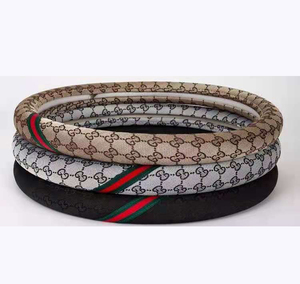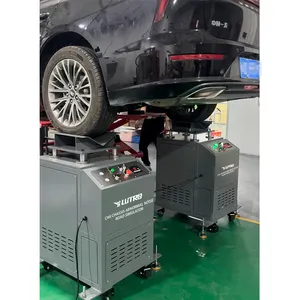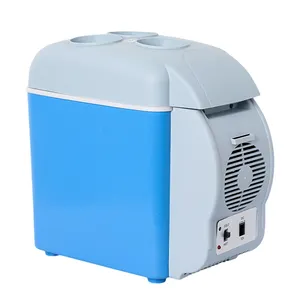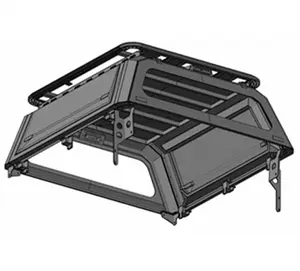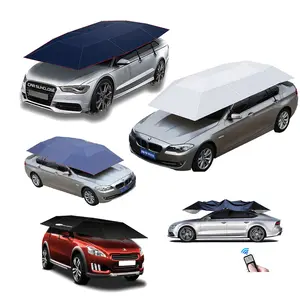Popular in your industry

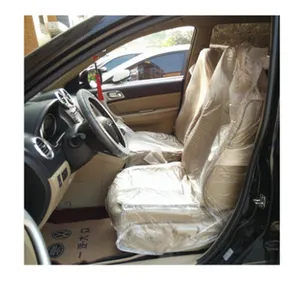




























































Related Searches:


































































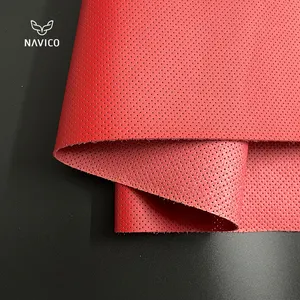










































































Top categories
About fabric for bus seat cover
Fabric for Bus Seat Cover: An Overview
The fabric for bus seat cover serves as a crucial component in defining the comfort and aesthetic appeal of public transportation vehicles. This category encompasses a variety of materials designed to meet the diverse needs of buses in different climates and usage conditions.
Types and Materials
When selecting seat cover materials, durability and maintenance are key considerations. Fabrics such as polyester and nylon are commonly used for their resilience and ease of cleaning. For eco-conscious buyers, sustainable options like recycled fabrics are also gaining popularity, offering both environmental benefits and durability.
Features and Applications
The application of bus seat fabrics extends beyond mere covering to enhancing passenger comfort. Features such as UV resistance, flame retardancy, and anti-microbial properties are integral to the fabric's functionality. These features ensure that the seat covers can withstand the rigors of daily use while maintaining a hygienic environment.
Design and Customization
In the realm of design, the custom bus seat cover market flourishes with options. From minimalist designs to intricate patterns, the variety caters to all tastes. The availability of custom fit seat covers allows for a tailored look that can complement the interior design of any bus model.
Advantages of Quality Seat Covers
Investing in quality seat cover fabrics can significantly enhance the passenger experience. These materials are not only designed for aesthetic appeal but also for practicality, offering features such as ease of cleaning and resistance to wear and tear. The right fabric can transform the interior of a bus, contributing to a positive perception of the transport service.
Choosing the Right Fabric
Selecting the appropriate fabric for bus seat cover requires consideration of various factors, including the climate, the frequency of use, and the desired level of comfort. While some materials may be suited for short, urban routes, others might be tailored for long-distance travel, providing additional comfort and durability.
